What is Homemade Bento??
Homemade bento plays an essential role in Japanese food culture. Bento, prepared every morning, is valued as a balanced meal that considers the health of family members. A typical homemade bento consists of rice, side dishes, vegetables, and fruits, carefully arranged for both nutrition and visual appeal. These bento are not only for school or work lunches but also for special occasions such as sports events, school trips, and picnics.
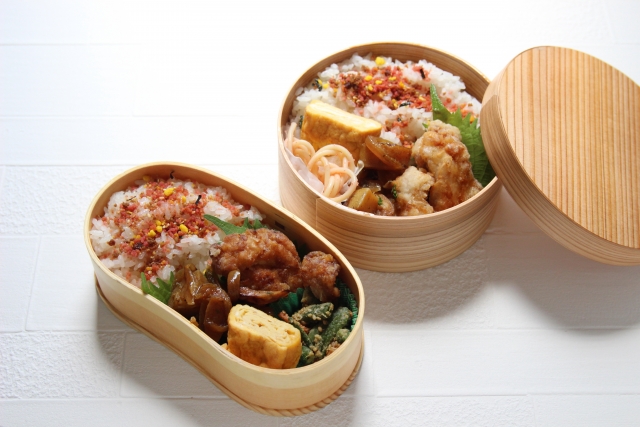
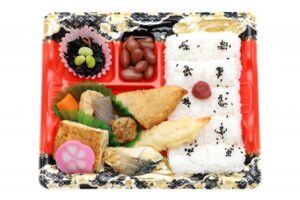
Characteristics of Homemade Bento
Homemade bento has a personal touch that makes it special, allowing for customization based on taste and dietary preferences. Since it is made from fresh ingredients, it provides a well-balanced meal. In recent years, time-saving bento ideas and health-conscious bento options have gained popularity, catering to the busy lifestyles of modern families.
Bento boxes come in various designs, including ones with compartments for different foods and those with thermal insulation to keep meals warm. The aesthetic appeal of bento is also important, with colorful ingredients carefully arranged to enhance the eating experience. Some parents create “character bento” (charaben), featuring cute designs of animals or popular characters to make mealtime more enjoyable for children.
Types of Homemade Bento
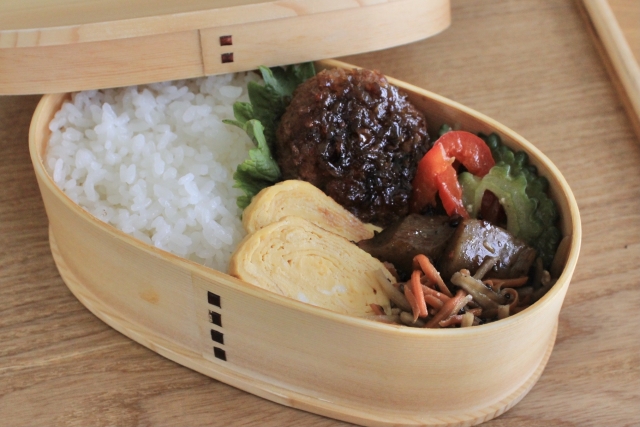
Standard Bento
A well-balanced bento that includes rice, a main dish, and side dishes. This is the most common type of homemade bento, often prepared for school or work.
Examples: Grilled salmon bento, Tamagoyaki and sausage bento, Simmered dish bento
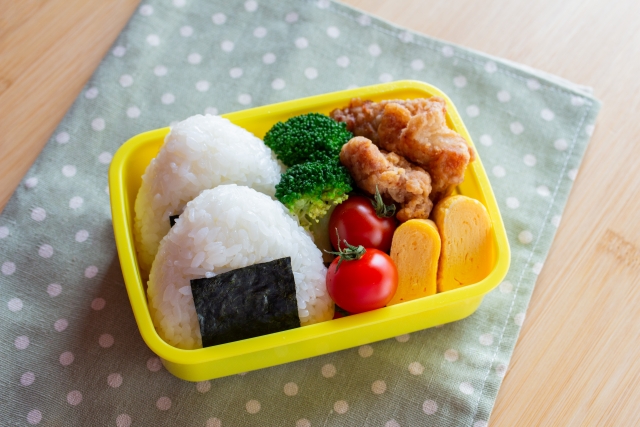
Onigiri Bento
A bento centered around rice balls (onigiri), making it easy to carry and eat on the go. Often includes a few side dishes for variety.
Examples: Salmon onigiri bento, Tuna mayo onigiri bento, Takikomi rice onigiri bento
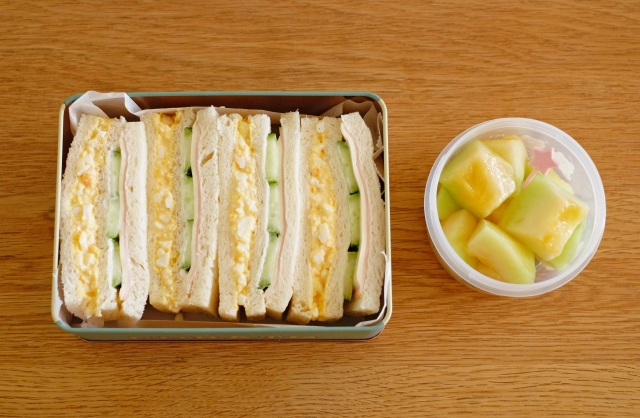
Sandwich Bento
A bento featuring bread-based meals such as sandwiches, rolls. It is a great option for picnics or a light meal.
Examples: Egg sandwich bento, Ham and cheese sandwich bento, Katsu sandwich bento
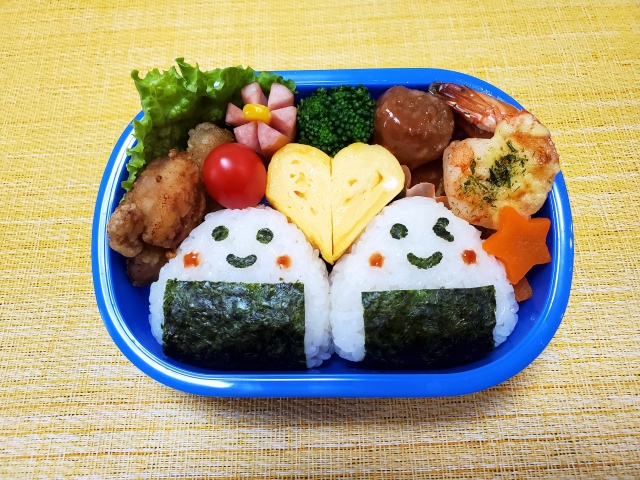
Character Bento (Charaben)
A creatively designed bento, often made for children, featuring food shaped into characters, animals, or other fun designs using ingredients like rice, seaweed, and vegetables.
Examples: Panda onigiri bento, Bear-shaped hamburger bento, Anime character bento
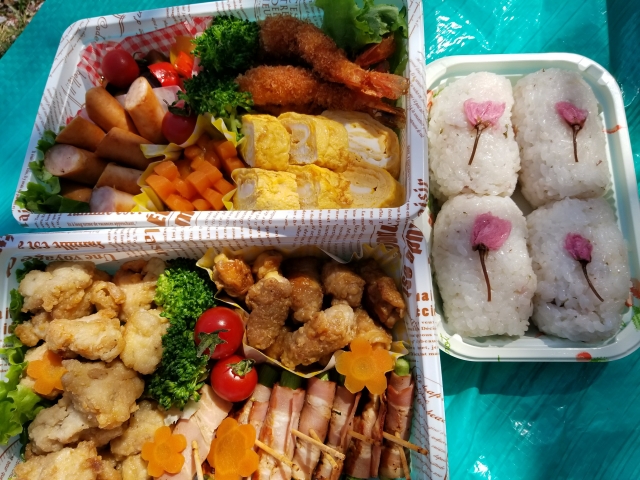
Picnic Bento
A bento prepared for special occasions such as hanami (cherry blossom viewing), sports festivals, or family outings. These bentos often include shareable dishes and colorful ingredients.
Examples: Onigiri and fried chicken bento, Sandwich bento, Rolled sushi bento
History of Homemade Bento
The history of bento has evolved alongside Japanese food culture. During the Heian period (794–1185), rice balls were carried as portable food. In the Sengoku period (1467–1615), bento became widely used as battlefield rations. By the Edo period (1603–1868), bento culture flourished, with travelers and festival-goers carrying bento for convenience.
In the Meiji era (1868–1912), the rise of the school system led to the popularity of “student bento.” Until the establishment of school lunch programs after World War II, homemade bento was the primary lunch option for students. Today, changing lifestyles have introduced time-saving bento ideas, including frozen food options, while maintaining the tradition of homemade bento.
Cultural Significance of Homemade Bento
Bento is more than just a meal—it is a reflection of Japanese family culture and an expression of love and care. A bento made by a parent for their child represents thoughtfulness and affection, offering a taste of home during school or work. In Japan, preparing bento is often seen as an essential family duty, and sharing bento-making tips on social media has become a popular trend.
Seasonal themes are also a common feature in bento. In spring, sakura (cherry blossom)-inspired bento is popular, while autumn bento often includes chestnuts and mushrooms, reflecting the changing seasons.
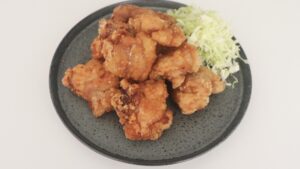
Comments